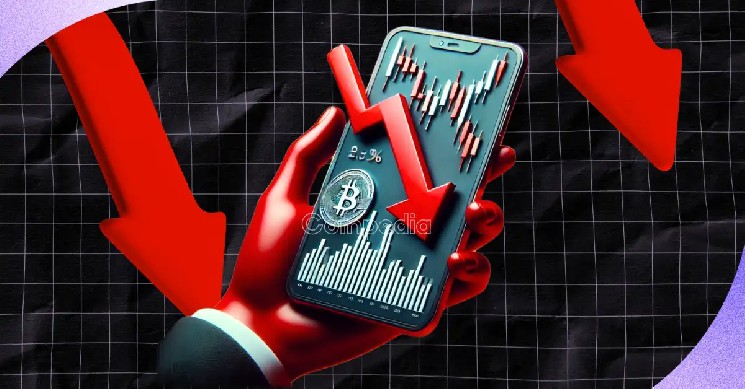On-chain analysts have suggested that October’s $19 billion crypto crash may have been caused or targeted through Binance’s proprietary pricing system.
Major assets such as USDe, wBETH, and BnSOL collapsed only on Binance.
Some experts now believe that this event was not just a system glitch, but an organized blow that exploited Binance’s margin structure.
A 40-minute period on October 10th was the largest cryptocurrency liquidation in history, with more than $19.3 billion disappearing in a matter of hours. The price of Wrap assets on Binance suddenly crashed, causing mass liquidations and chaos across the market.
Binance called this a technical glitch. But on-chain analysts say the timing, data and flow of funds tell a different story.
What is the conspiracy theory that is buzzing on crypto Twitter?
It started with a Binance update
On October 6th, Binance announced that it will change the pricing method for its two major wrapped assets (wBETH and BNSOL) starting in the middle of this month. Although it seemed like a routine update, for some analysts this post was the beginning of a predictable setup.
“This created a four-day window (October 10-14) during which thin books could be hammered to destroy futures, margin and loan collateral.” Star Platinum wrote about X.
Billions of people moved just before the crash
In the 24-48 hours ending October 10, on-chain data showed more than $10 billion moved to exchange wallets. Researchers have linked some of these inflows to addresses labeled Binance (0xdfd529, 0x28c6c0, 0x21a31e), suggesting major pre-positioning before the crash.
At the same time, Coinbase moved 1,066 BTC (worth about $130 million before the drop) from cold storage to hot storage minutes before the event. Analysts say this could be a routine liquidity move, but the timing raises eyebrows.
40 minute meltdown
Between 21:36 and 22:16 UTC, the Binance market collapsed.
- USDe fell to $0.6567 on Binance, but hovered around $0.90-$0.95 elsewhere.
- wBETH fell to around $430, an 88% drop from ETH parity.
- BNSOL reached $34.9, down about 82% from SOL parity.
According to some, these sharp declines only occurred on Binance. Other exchanges and DeFi pools remained mostly stable. That was what made traders suspicious. Depeg seemed to be local rather than market-wide.
Within hours, Binance rushed to push an early Oracle fix (from October 14th to 11th) and announced a $283 million compensation plan for affected users.
Absence of market makers, large amount of short selling
During the decline, major market makers such as Wintermute and Jump disappeared from Binance’s order book. According to reports, just before the crash, a new account opened a $1.1 billion short in BTC and ETH, with profits estimated at $160 million to $200 million.
Binance claims that it is >Or was Binance the target?
Not everyone thinks Binance caused the crash. Renowned journalist Colin Wu suggested that the October 11th event appeared to be a coordinated attack directly targeting Binance and one of its top market makers.
He said the attackers likely exploited a weakness in Binance’s unified account margin system, which allows traders to use volatile assets such as USDE, wBETH, and BNSOL as collateral rather than stable options like USDT. When these assets were unpegged, margin values collapsed and a chain reaction of forced liquidations began.
In Wu’s analysis, the crash was “perfectly timed” and occurred between Binance’s Oracle update announcement on October 6th and its release on October 14th, giving attackers more room to attack.
Whether it was a technical mishap or a targeted play, October’s events exposed a harsh truth. When billions of dollars of collateral depend on one exchange’s internal pricing, even an imbalance of just a few minutes can shake up the entire market.














